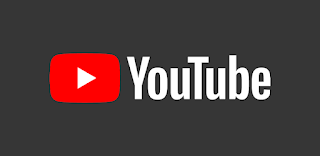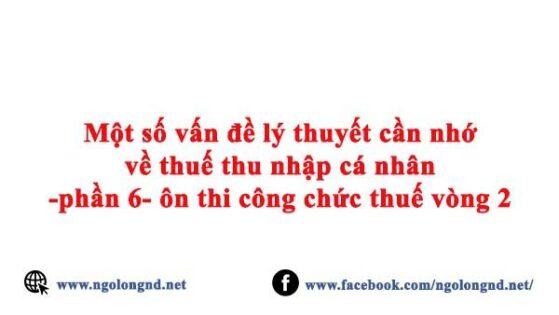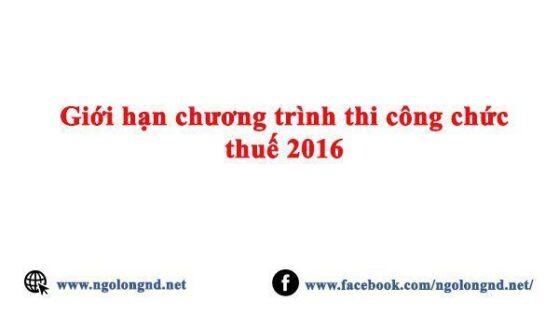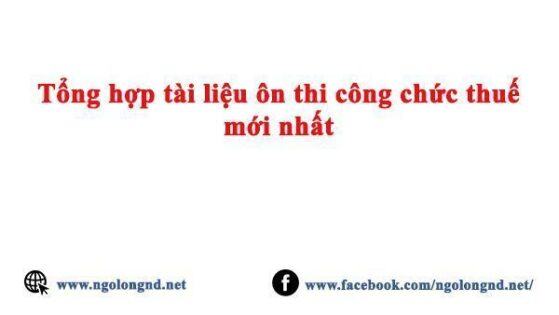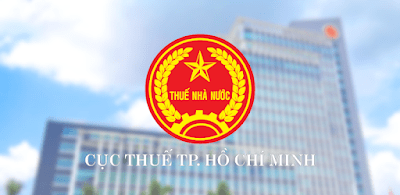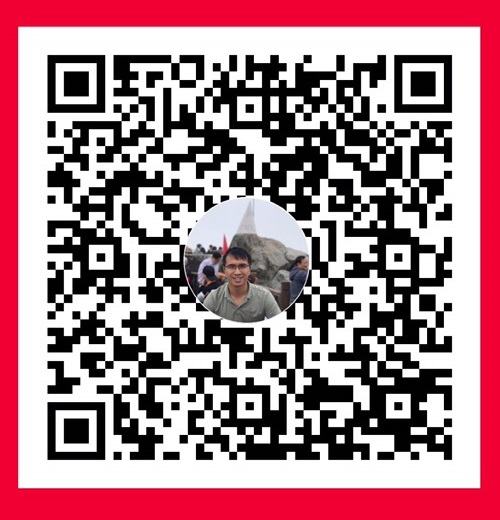
Trắc nghiệm tiếng Anh công chức thuế 2022 tham khảo.
ĐỀ KIỂM TRA TRẮC NGHIỆM; MÔN THI: TIẾNG ANH ĐỀ SỐ: 07; KỲ THI TUYỂN CÔNG CHỨC NGÀNH THUẾ (Thời gian 30 phút)
1. This ticket_____one person to the show.
A. permits B. enters C. delivers D. admits
2. The cow had lost its own calf. but the farmer persuaded it to_______one whose mother had died.
A. choose B. adopt C. undertake D. collect
3. I can’t find the scissors anywhere. What have you done_____them?
A. with B. to C. by D. for
4. Science has made great____during the past 30 years.
A. motions B. advances C. advantages D. opportunities
5. He was a much older tennis player but he had the great____of experience.
A. advantage B. deal C. value D. profit
6. I had quite_____on my way to work this morning.
A. an experiment B. an adventure C. a happening D. an affair
7. He always studies the____in the paper ashe wants to find a good second-hand car.
A. advertisements B. publicity C. announcements D. publication
8. On my present salary, I just can’t_____a car which costs over $3.000.
A. pretend B. elect C. afford D. adopt
9. The girl’s father____to buy her a car if she passed her examination.
A. admitted B. accepted C. agreed D. approved
10. They are twins and look very _____.
A. alike B. same C. likely D. identical
II. Read the following passage and mark the letter A, B, C, or D on your answer sheet to indicate the correct answer to each of the questions
Glass is a remarkable substance made from the simplest raw materials. It can be colored or colorless, monochrome or polychrome, transparent, translucent, or opaque. It is lightweight impermeable to liquids, readily cleaned and reused, durable yet fragile, and often very beautiful Glass can be decorated in multiple ways and its optical properties are exceptional. In all its myriad forms – as table ware, containers, in architecture and design – glass represents a major achievement in the history of technological developments.
Since the Bronze Age about 3,000 B.C. glass has been used for making various kinds of objects. It was first made from a mixture of silica, line and an alkali such as soda or potash, and these remained the basic ingredients of glass until the development of lead glass in the seventeenth century. When heated, the mixture becomes soft and malleable and can be formed by various techniques into a vast array of shapes and sizes. The homogeneous mass thus formed by melting then cools to create glass, but in contrast to most materials formed in this way (metals, for instance), glass lacks the crystalline structure normally associated with solids, and instead retains the random molecular structure of a liquid. In effect, as molten glass cools, it progressively stiffens until rigid, but does so without setting up a network of interlocking crystals customarily associated with that process. This is why glass shatters so easily when dealt a blow. Why glass deteriorates over time, especially when exposed to moisture, and why glassware must be slowly reheated and uniformly cooled after manufacture to release internal stresses induced by uneven cooling.
Another unusual feature of glass is the manner in which its viscosity changes as it turns from a cold substance into a hot, ductile liquid. Unlike metals that flow or “freeze” at specific temperatures glass progressively softens as the temperature rises, going through varying stages of malleability until it flows like a thick syrup. Each stage of malleability allows the glass to be manipulated into various forms, by different techniques, and if suddenly cooled the object retains the shape achieved at that point. Glass is thus amenable to a greater number of heat-forming techniques than most other materials.
11. Why does the author list the characteristics of glass in paragraph 1?
A. to demonstrate how glass evolved
B. to show the versatility of glass
C. to explain glassmaking technology
D. to explain the purpose of each component of glass
12. The word “durable„“ in paragraph 1 is closest in meaning to _______ .
A. lasting B. delicate C. heavy D. plain
13. What does the author imply about the raw materials used to make glass?
A. They were the same for centuries. B. They are liquid.
C. They are transparent. D. They are very heavy.
14. According to the passage, how is glass that has cooled and become rigid different from most other rigid substances?
A. It has an interlocking crystal network.
B. It has an unusually low melting temperature.
C. It has varying physical properties.
D. It has a random molecular structure.
15. The words “exposed to” in paragraph 2 most likely mean _______.
A. hardened by B. chilled with
C. subjected to D. deprived of
16. What must be done to release the internal stresses that build up in glass products during manufacture?
A. The glass must be reheated and evenly cooled.
B. The glass must be cooled quickly.
C. The glass must be kept moist until cooled.
D. The glass must be shaped to its desired form immediately.
17. The word “it” in paragraph 3 refers to _____.
A. feature B. glass C. manner D. viscosity
18. According to the passage, why can glass be more easily shaped into specific forms than can metals.
A. It resists breaking when heated.
B. It has better optical properties.
C. It retains heat while its viscosity changes.
D. It gradually becomes softer as its temperature rises.
19. The word “induced” in paragraph 2 is closest in meaning to .
A. joined
B. missed
C. caused
D. lost
20. The word “customarily” in paragraph 2 could best be replaced by “______ ”
A. naturally
B. necessarily
C. usually
D. certainly
III. Read the following passage and mark the letter A, B, C, or D to indicate the correct answer to each of the questions.
FUTURE JOBS
The interview is one of the most important (21) in the job search process. When an employer invites you to an interview, he/she is indicating an (22) in yourself. The interview gives both of you the opportunity to (23) enough information to determine if you are a good “fit” for each other. Think of an interview as a highly focused professional conversation. You should (24) the limited amount of time you have learning about the employer’s needs and discuss the ways you can meet these needs. In many cases, you will interview at least, twice before being employed for a (25) . Once in a brief screening interview and at least once again in a (26) serious meeting when you may also talk to many of your potential coworkers.
A job interview is a strategic conversation with a purpose. Your goal is to show the employer that you have the (27) , background, and ability to do the job and that you can successfully fit into the organization. The interview is also your (28) to gather information about the job, the organization, and future career opportunities to figure out if the position and work environment are (29) for you. Most employers do not hire people based on certificates or diplomas alone. Personality, (30) , enthusiasm, a positive outlook, and excellent interpersonal and communication skills count heavily in the selection process.
21.A. parts B. roles C. fields D. facts
22.A. interest B. interesting C. interested D. interestingly
23.A. fill B. change C. exchange D. translate
24.A. make B. spend C. post D. apply
25.A. condition B. location C. satisfaction D. position
26.A. most B. mostly C. more D. more than
27.A. skills B. aspects C. appearances D. weaknesses
28.A. fates B. feasts C. lucks D. opportunities
29.A. fit B. right C. accurate D. exact
30.A. confide B. confidence C. confident D. confidently


